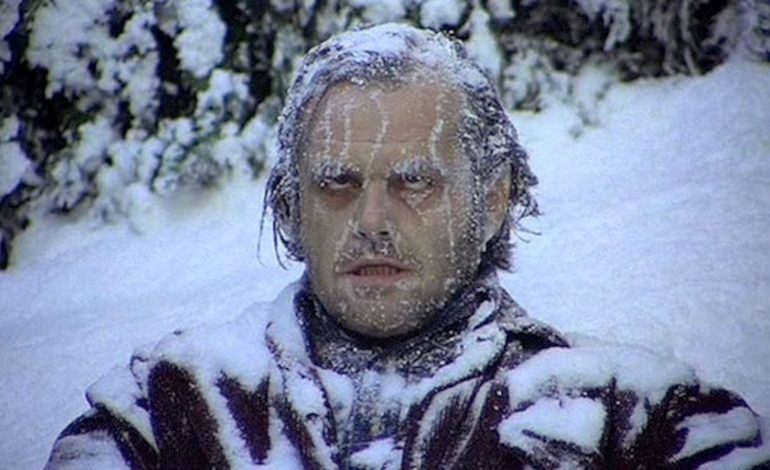

As the brunt of winter begins to roll in, it’s interesting to look at how “cold” films use the seasonal characteristics of winter to establish a common theme of mystery, tension, and isolation. As a motif, the use of cold in filmic mise-en-scene is almost always associated with an evil force or a way to add danger to the characters’ journey. Thus, the seven following “cold” films exemplify this use of natural force to establish fear and peril.
1.) Snowpiercer
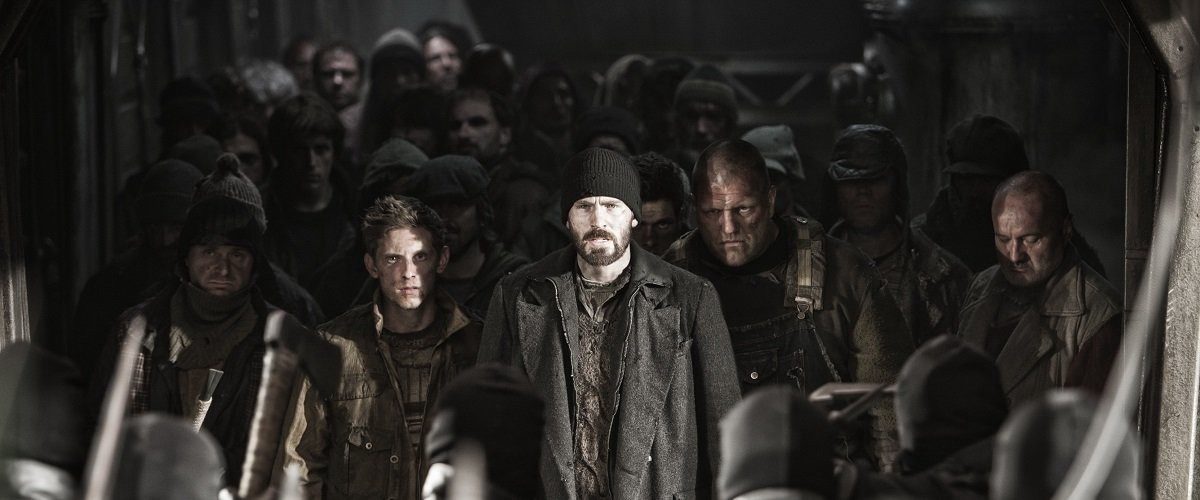

In a captivating sci-fi action film, the passengers of the last running train try to outlive a global warming apocalypse. It’s the midst of a dystopian winter, and these passengers are the last survivors of the human race living aboard a train designed to circulate the globe infinitely. On the train, a new class system emerges, and the plot revolves around a planned revolt by the lower-class back car passengers against their upper class oppressors living in luxury at the front of the train.
Snowpiercer manages to simultaneously comment on class divide and climate change in an engaging and thrilling context. A global frozen tundra sets the backdrop for the film, all but guaranteed to make any viewer thankful for their relative warmth.
2.) The Shining


In this Stanley Kubrick horror classic, your average family moves to a Colorado ski lodge looking for escape and the dad’s new job as caretaker. Little does the Torrence family realize they’re in for the worst winter of their lives. The Shining‘s haunted resort drives Jack and Wendy Torrence crazy, one more than the other, and has their son Danny seeing malicious ghosts left and right, all while a winter snowstorm approaches.
The tension and lack of sanity generated by the Overlook Hotel eventually forces the battle between good and evil outside. The extreme cold of Colorado winter traps the Torrence family inside with the hotel’s spirits, while at the same time Danny’s salvation from the torment of his father gone “all work and no play.”
3.) The Day After Tomorrow
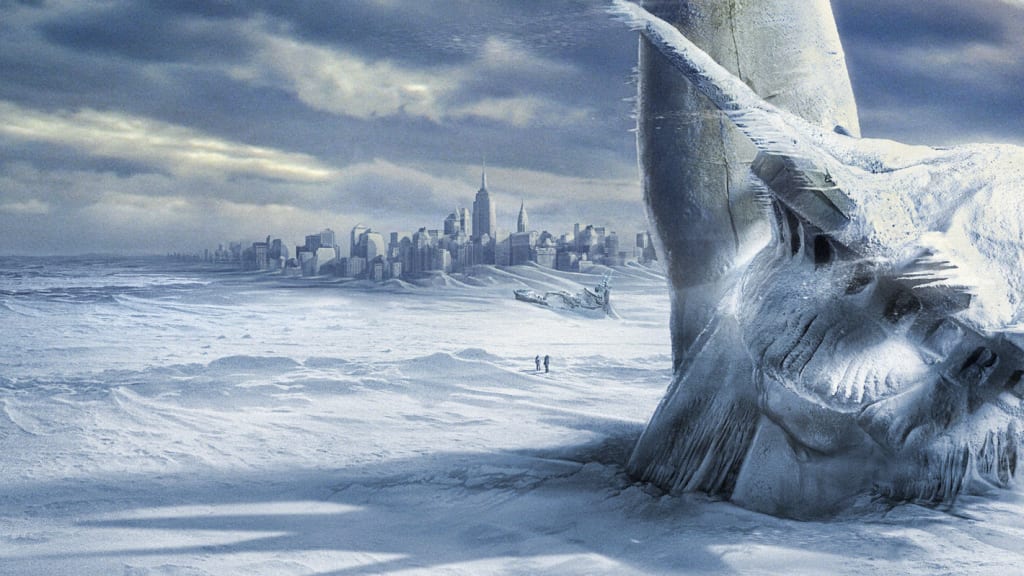

In yet another climate apocalypse film, Dennis Quaid and Jake Gyllenhaal star as the survivors of a tsunami and sudden ice age that befalls New York City. As a small group hides out in the New York Public Library, the pressure of survival rears its head. A pack of wolves and a chase to secure medicine for one survivor with a blood infection brings the plot to life as moviegoers watch the group’s struggle to stay warm in the unbearable cold of this new ice age.
Like Snowpiercer, The Day After Tomorrow uses its icy climate to provide commentary on climate change. Although the plot is more dramatic than realistic with its CGI effects, the concept it offers is undeniably interesting to imagine: waking up to a world consumed by the cold. This film will make any viewer glad they have central heating this winter.
4.) 30 Days of Night
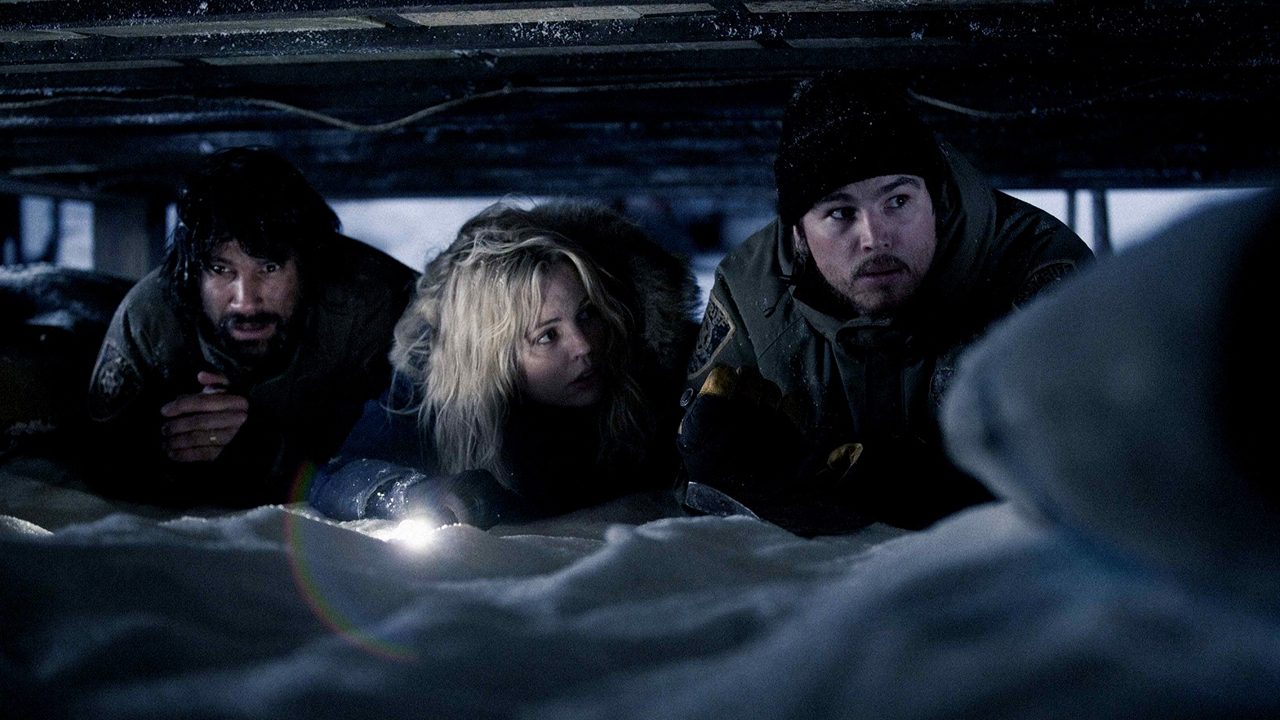

Alaska won’t seem like a dream destination after watching this terrifying film. Set during a season polar night, in which days remain mostly dark in Northern Alaska, 30 Days of Night tracks the hunting season of a pack of vampires as they ravage a small town. In spine-tingling chase scenes, the surviving town citizens are tormented as they try to collect supplies during a storm.
After many fatalities at the hands of the vampires, the film reaches a not-so-happy, but satisfying, end. The cold and the darkness add layers of tension and mystery that help make the story more gripping than your typical vampire flick.
5.) Europa Report
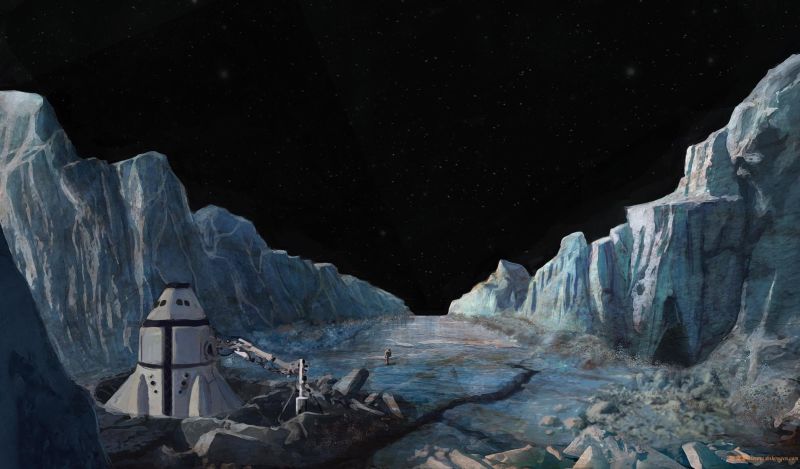

Europa Report features a winter beyond the realms of Earth. The film is set on Jupiter’s moon, Europa, and follows the journey of privately funded astronauts on their mission to discover potential signs of life. The crew is plagued by misfortune after they miss their landing spot and fail to relaunch to Earth. As they release probes into the water beneath Europa’s ice surface, these astronauts soon realize they’re not alone.
Although the cold of Europa Report is different than the frigidity of Earth, it serves the same purpose as in other films revolving around cold climates: creating an air of mystery, suspense, and isolation. No one is safe from the planet or the climate, and many of the astronauts fall victim to either, or both.
6.) The Chronicles of Narnia: The Lion, the Witch, and the Wardrobe
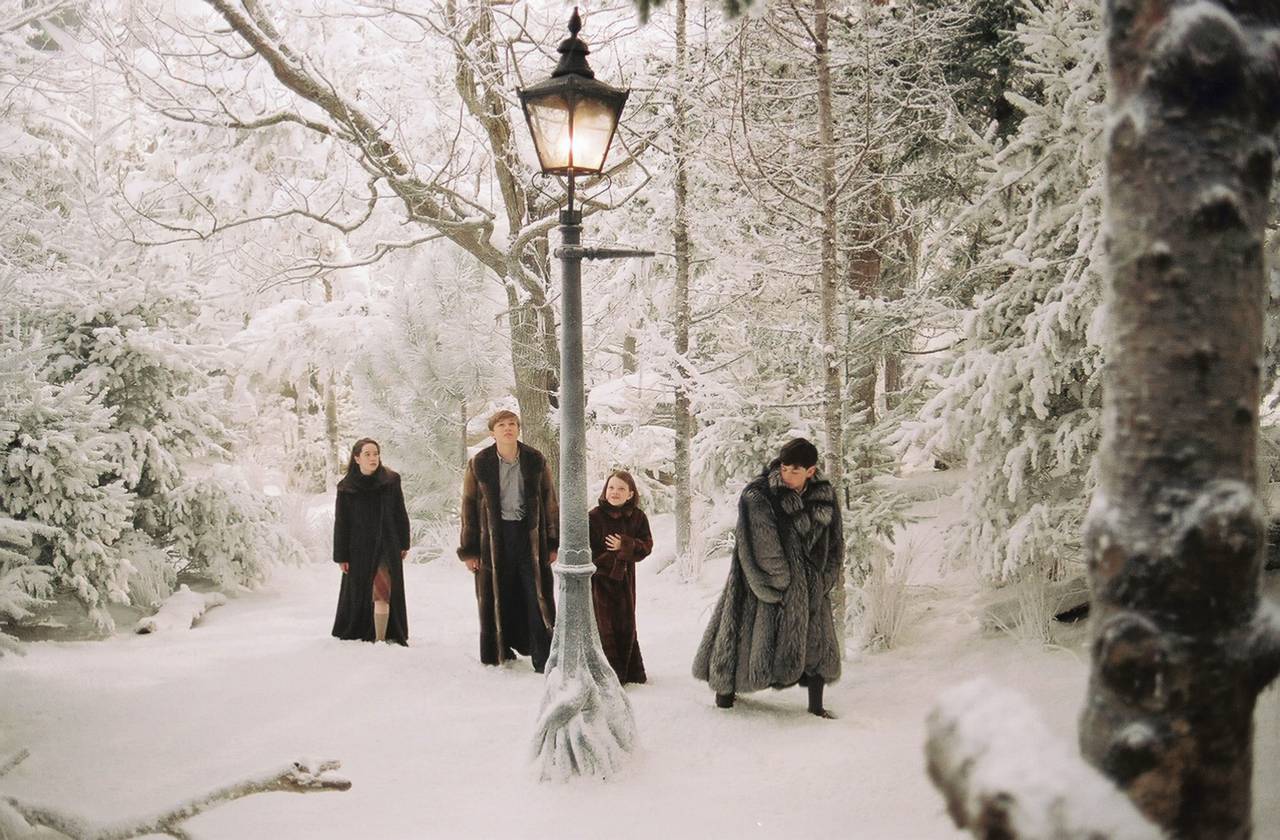

A modern-day adaptation of C.S. Lewis’ classic novel, Narnia tells the fantastical tale of a band of brothers and sisters who discover a magical world hidden within an old wardrobe. The films villain, the White Witch, rules Narnia as a frigid totalitarian queen with an eternal winter, but the arrival of Narnia’s protector Aslan incites a war between the good and bad forces of the land.
Here, the White Witch’s coldness operates to dehumanize her and establish her character as cruel and unforgiving by nature, much like the established characteristics of frozen landscapes. Her affiliation with cold and winter identify the Witch as “bad,” while the warmth of the Pevensie siblings and Aslan establish them as “good.”
7.) The Children


The Children depicts the chilling story of kids gone rabid during a family holiday. Amidst a spree of violence, a possessed group of children murder their families in various, morbidly creative ways. The cold weather functions more as a backdrop than a plot device, but nonetheless remains a key aspect of the narrative, especially in the memorable sledding scene.
The Children is an interesting horror film that draws on many viewers’ primal fear of “innocence gone wrong.” The cold and fear is inescapable as its ending reveals this youthful infection to be pervasive and unrelenting.
